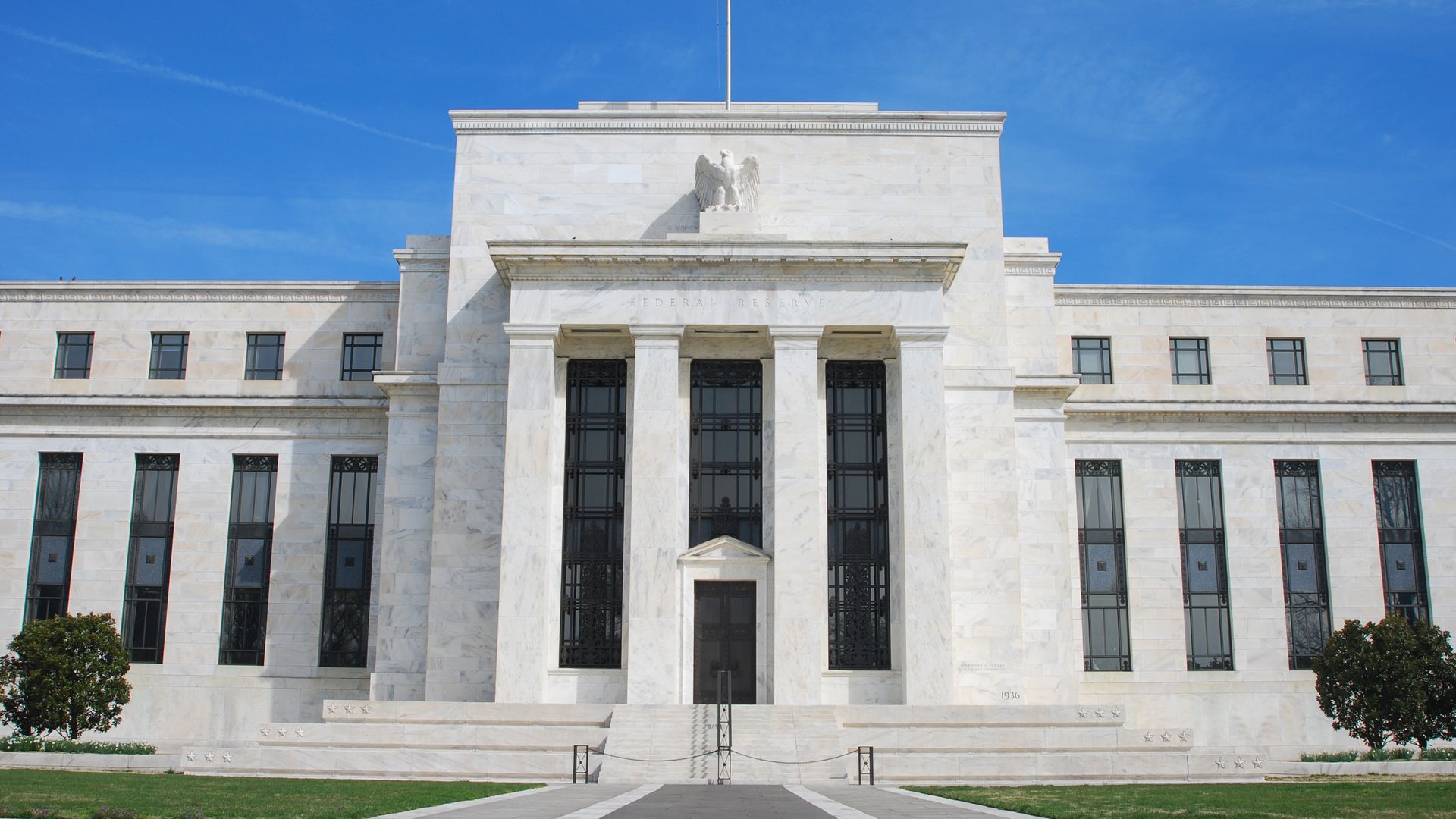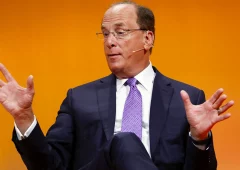All Eyes on Fed Decision as ECB and Canada Signal Further Easing
27.01.2025 16:00 1 min. read Alexander Zdravkov
The Federal Reserve is expected to hold interest rates steady at 4.25%-4.50% during this week’s FOMC meeting, despite President Trump’s push for cuts and lower oil prices.
Analysts point to slowing inflation and stable employment as reasons for the Fed’s cautious approach, with no immediate signs of further reductions. Markets are now watching Fed Chair Jerome Powell’s comments for hints on future policy shifts.
Meanwhile, the European Central Bank is likely to announce its fifth rate cut since last summer, reducing the key deposit rate to 2.75%.
ECB President Christine Lagarde remains optimistic about meeting inflation targets, dismissing criticism that the bank has been too slow in easing policy.
In Canada, the central bank is expected to lower rates by 0.25% following December’s larger cut of 0.5%.
With weaker economic data, the Bank of Canada has indicated it will take a measured approach to any future reductions, evaluating each move based on the latest developments. Central banks globally continue to juggle inflation concerns and economic stability as markets await their next steps.
-
1
U.S. Fiscal Alarm Bells Ring as Debt Soars and Economists Call for Safe Havens
24.05.2025 9:00 2 min. read -
2
Dollar Decline on the Horizon as Fed Pivot Looms, Morgan Stanley Warns
26.05.2025 17:00 1 min. read -
3
Robert Kiyosaki Warns of Economic Breakdown, Calls Bitcoin a Lifeline
28.05.2025 16:00 1 min. read -
4
Robert Kiyosaki Warns of Deepening Financial Crisis, Urges Shift to Bitcoin and Precious Metals
03.06.2025 17:00 1 min. read -
5
Trump Reignites Trade War, Accuses China of Breaking Deal
30.05.2025 18:00 1 min. read
Will Japan’s Central Bank Spark a Crypto Rally?
The Bank of Japan (BOJ)’s upcoming monetary policy meeting, set for June 16–17, could be the next major catalyst for global risk assets, including stocks and cryptocurrencies like Bitcoin.
Economist Who Called 1987 Crash Warns Markets Face Growing Risk
Mark Skousen, the economist who foresaw the 1987 market collapse, believes the current financial environment is entering a precarious phase.
Dollar Dominance Fades: Asia Turns to Local Currencies and BRICS Bloc
Across Asia, the U.S. dollar is rapidly losing ground as countries intensify efforts to reduce reliance on the greenback.
JPMorgan Warns U.S. Economy May Be Slowing Behind the Headlines
Despite encouraging job numbers on the surface, JPMorgan Chase’s chief global strategist David Kelly says the U.S. economy is quietly losing momentum.
-
1
U.S. Fiscal Alarm Bells Ring as Debt Soars and Economists Call for Safe Havens
24.05.2025 9:00 2 min. read -
2
Dollar Decline on the Horizon as Fed Pivot Looms, Morgan Stanley Warns
26.05.2025 17:00 1 min. read -
3
Robert Kiyosaki Warns of Economic Breakdown, Calls Bitcoin a Lifeline
28.05.2025 16:00 1 min. read -
4
Robert Kiyosaki Warns of Deepening Financial Crisis, Urges Shift to Bitcoin and Precious Metals
03.06.2025 17:00 1 min. read -
5
Trump Reignites Trade War, Accuses China of Breaking Deal
30.05.2025 18:00 1 min. read


